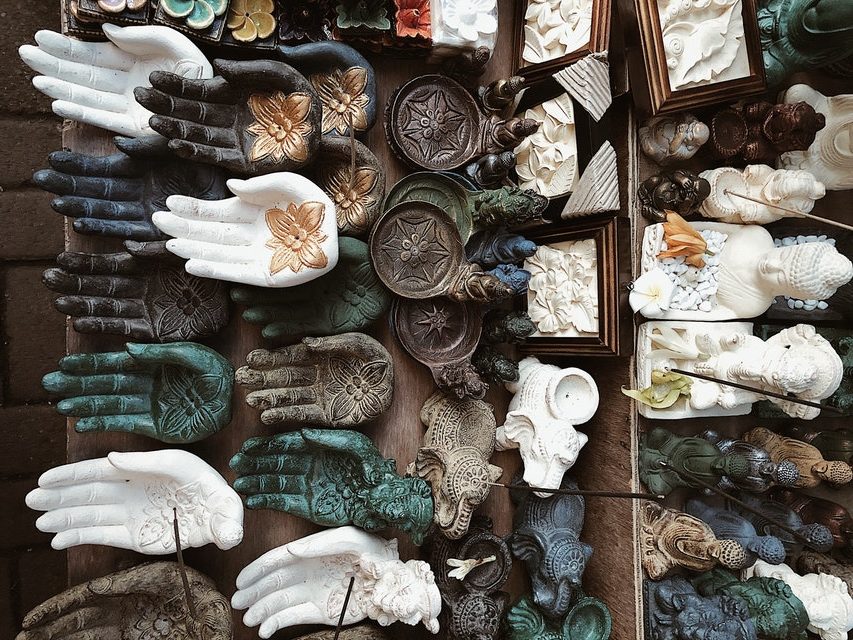Many people do not understand the kind of money generated by an art piece. The joke goes unless you’re dead, your art is nothing. But many art dealers disagree. We’ve put together a guide to reveal how art dealers read and take advantage of the market for low buys and high bids, building generational investments.
What You Ought To Know
While t here’s the usual way of buying and selling art pieces going old school, digital marketing had heightened an arts’ appraisal exponentially. An art dealer’s reach could grow global nowadays if the internet is utilized properly around it. Communities easily get connected depending on certain niches and likings. DIY or Do-It-Yourself art had also been hailed. One very famous website doing that is Etsy.com.
here’s the usual way of buying and selling art pieces going old school, digital marketing had heightened an arts’ appraisal exponentially. An art dealer’s reach could grow global nowadays if the internet is utilized properly around it. Communities easily get connected depending on certain niches and likings. DIY or Do-It-Yourself art had also been hailed. One very famous website doing that is Etsy.com.
Because of the many platforms available to showcase art, people get to express themselves freely. Products have been developed embracing contemporary design, Avant-Garde, and minimalism, those that were not declared “good” art from before is gaining attention. Furthermore, it’s gaining popularity and is being embraced more than ever.
Try Strategizing This Way
- Do Your Research
You want to gain sales from art, expand your knowledge around it. Read books, look at trends, indulge on personal favourites, and increase awareness. Get a degree in the Arts to show your dedication and passion. Discovering certain art pieces’ history could take your edge in selling art pieces on a deeper level. Being a walking encyclopaedia could be impressive but going passionate around art, going creative in talking about it is another. As a good marketer, you know how storytelling could make a whole lot different.
- Go The Extra Mile
Most of the art dealers’ official working hours are from 8 am-5 pm. But be ready to work at night since many clients accommodate after office hours. Also, many art fairs and galleries happen during the evening. It’s in the artists’ blood. They are night owls. So, remember that most money in art dealing is earned beyond the supposed working hours.
- Know Your Art
After researching, you should know what pieces are worth it and what types of art storage solutions are suitable to keep your art in prime condition. This way, you could impose proper pricing while imparting a little about its history. Always make sure your prospective artists are accommodating of all race, age, sex, and political views. Many clients and audiences are more interested in the background of an artist and the inspiration it got him into working on an art piece. So, let the mystery unfold through a conversation as soon as potential buyer comments on one.
- Giving Pieces a Social Platform
After imposing and agreeing on all terms, launch the products on social platforms. Let it gain likes, build communities around it, and then observe. Gauge people’s behaviour or reaction to each piece. Survey spectators by asking them which would they want to feature amongst the products from the account in an art fair? Tell a short story about each piece through blogs. And if they hadn’t subscribed in return, ask for your website or account’s visitors’ email addresses. Once you get hold of it, you may send the latest craze, the feature of the month, event that they should not miss, and what’s the hottest trend. Expect massive uphill progress once this gets on top of its game.
- The Friendly Hustle
Besides the long hours needed in the job and the responsibility to research about the art you are to sell, you should also know clients. Establish rapport with them that would allow you to do a home show, a process where, instead of the clients coming to the gallery, you take the art piece to their houses to let them feel it, raise it against some furniture in their homes. You will need a mode of transportation to have your product carefully loaded up like a van to preserve the product.
Aim to be the best art dealer by knowing excellent art services providers from making purchases at the right time and place, considering shipping and imposing insurances. The most respected dealers in the game use these tips to earn their credibility and in turn, the art to choose rises in value simply by being in their possession.



